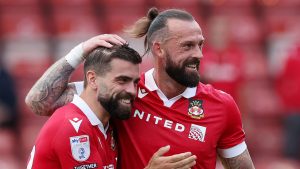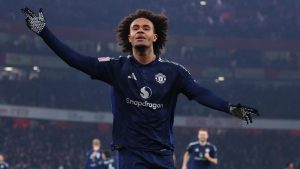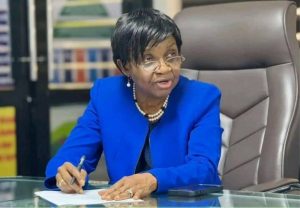Here’s what worked and what didn’t work with Wednesday’s All-Star Race changes
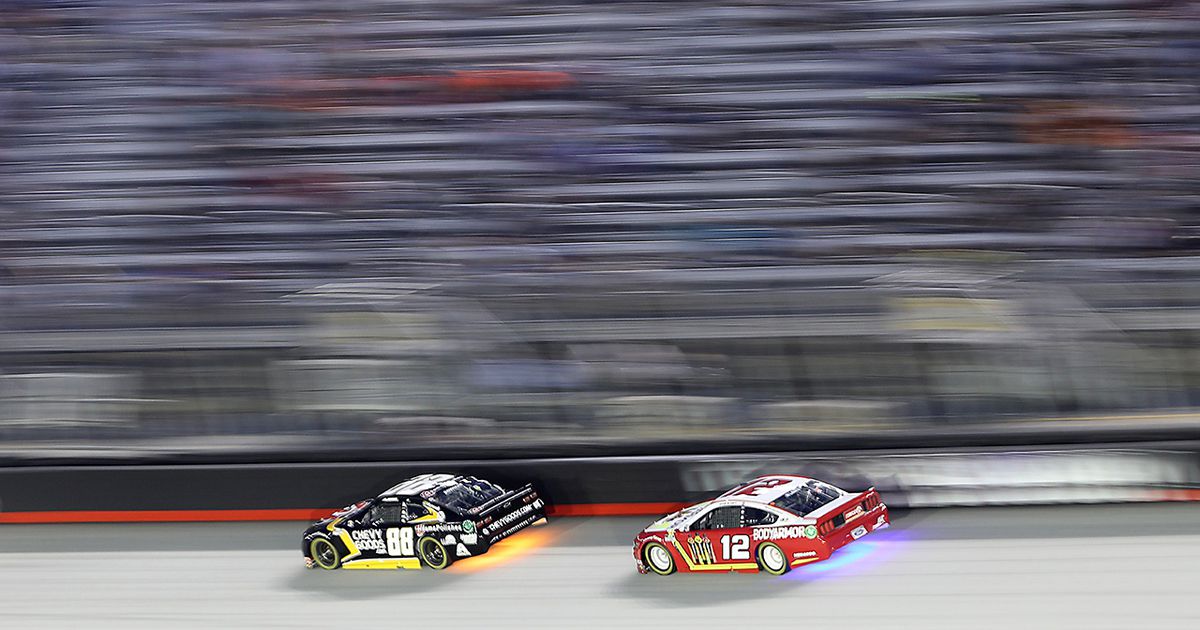
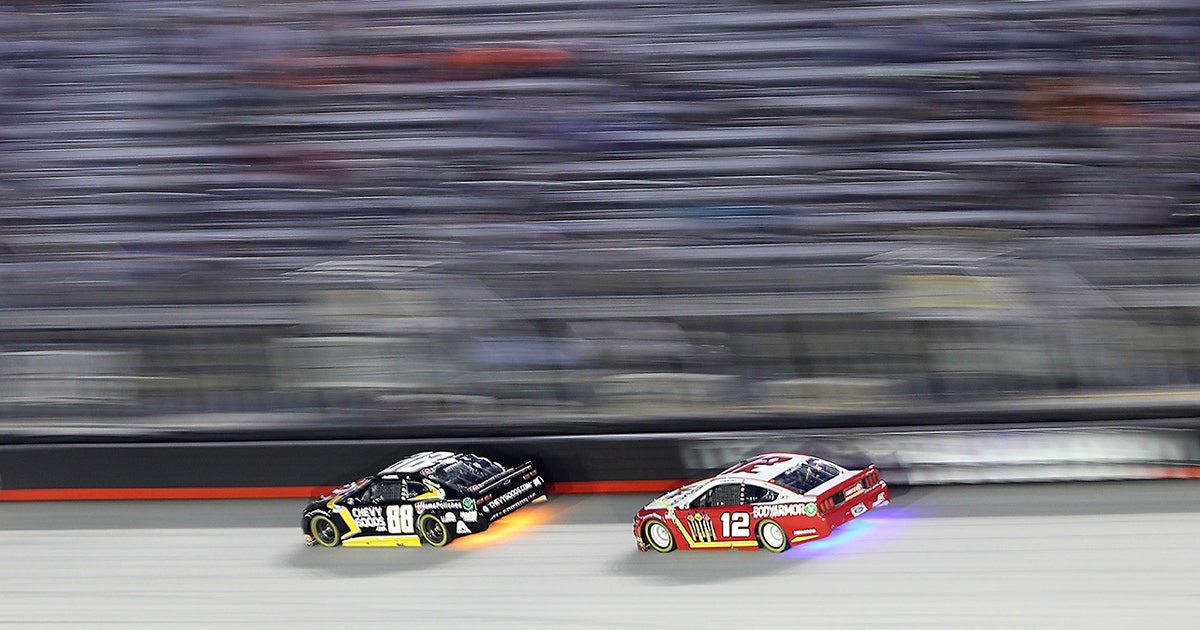
Many of the fans got what they wanted Wednesday night at Bristol Motor Speedway, as the sport’s most popular driver, Chase Elliott, captured the $1 million prize as the winner of the NASCAR All-Star Race.
Winning never gets old. @chaseelliott | #AllStarRace pic.twitter.com/C889OYBEqd
— NASCAR (@NASCAR) July 16, 2020
But the changes NASCAR made for the event will need more time than 140 laps at Bristol to know if they worked.
The biggest change was moving the race from the 1.5-mile Charlotte Motor Speedway to the 0.533-mile concrete bullring at Bristol. It created an expectation of a huge rumble, a rough-driving event where a $1 million payout – and no points implications – would increase the intensity and result in several wrecked cars and many drivers leaving with hurt feelings and thoughts of revenge in the future.
Unfortunately, with only 140 laps, stage wins meaning nothing, a 20-car field creating no lapped traffic and a traction compound that made the bottom groove so good that it brought aerodynamics into play, resulted in an event where the bump-and-run wasn’t even an option.
“The goal is to get far enough away where they don’t have that option,” Elliott said after the victory. “Luckily it worked out that way tonight.”
In Elliott’s mind that was lucky, but maybe not so for fans who were hoping for similar fireworks as in May, when Elliott and Joey Logano collided while battling for the lead with just a few laps to give at Bristol.
Was Chase Elliott wondering when someone would hit him in the bumper in order to try to win the All-Star Race? His answer: pic.twitter.com/LNsWS9fFP5
— Bob Pockrass (@bobpockrass) July 16, 2020
Kyle Busch finished second Wednesday and wasn’t sure if not having traction compound would have been the answer for him to catch Elliott, who seemed to launch thanks to the grip on the bottom groove.
“This is the lower downforce package, so you tend to slide around a little bit more,” Busch said. “You’re going to search for that grip. Guys would venture up to the top. If the top becomes the top groove, then what do you do? How do you pass?
“That’s why we put the stuff on the bottom, trying to get that old‑fashioned bump‑and‑run. You’ve got to be able to catch a guy to bump a guy. When there’s no catching them, there’s no bumping them.”
Kyle Busch on his recent performance: “We’ve got to be faster.” pic.twitter.com/R3QWQvF6z8
— Bob Pockrass (@bobpockrass) July 16, 2020
Typically, the Cup drivers compete at Bristol after other series have been on the track, resulting in both the upper and lower grooves working well by the end. And even if tire rubber is washed off the track, a typical 500-lap Bristol will allow drivers to work in the other grooves.
“We could definitely have the track prepared better if we did race here again,” said third-place finisher Kevin Harvick. “Heck, they didn’t even clean the outside lane one time. We never really had a chance to even get high enough to get that lane to come in.
“The second lane came in – a couple cars made a little bit of ground. The bottom was so dominant, you had to run most of your laps down there.”
Another All-Star Race change that gets an “incomplete” would be the “choose rule” for the restarts. Neither lane was so dominant on the restarts that there were three or four drivers choosing one lane, giving up a chance to start a few rows further up.
The drivers have lobbied to have it, especially at tracks where there is a preferred groove and puts the restart more in the drivers’ hands rather than the luck of where they come off of pit road.
So many new things were tried out during NASCAR’s 2020 #AllStarRace. @bobpockrass has some Fast Thoughts: pic.twitter.com/JtcrwOuBl4
— FOX: NASCAR (@NASCARONFOX) July 16, 2020
“The ‘choose rule’ has been needed for a long time,” Elliott said. “I think it should be that way every week. I don’t think there’s really a reason to not have it.
“There’s no reason to me why you shouldn’t have the choice or you should be automatically told where you’re going to line up when one lane has an obvious advantage just based on where you come off of pit road.”
One thing to like: The numbers on the cars moved closer to the rear wheel. It allowed for more sponsor imagery across the door. The numbers weren’t hard to see. Drivers have spotters to tell them who is next to them. What’s not to like?
Finally, one thing that definitely needs some work are the underglow lights. NASCAR had them at the rear of the cars and had the light colors assigned by manufacturer.
They were certainly underwhelming and looked quite out of character. Maybe NASCAR should try them under the entire car and let teams choose lights that make more sense with their paint schemes.
“The only person that I talked to that thought that that underglow light was good was my 8‑year‑old,” Harvick said. “Hopefully the kids liked it.
What Kevin Harvick thought of his underglow light and which member of his family liked it the most: pic.twitter.com/F28scixhgi
— Bob Pockrass (@bobpockrass) July 16, 2020
Harvick, Elliott and others actually turned off the underglow lights when they pitted. Elliott crew chief Alan Gustafson said it was because they had not practiced with the underglow lights.
“We didn’t get the lights until pretty late in the game,” Gustafson said. “We hadn’t had experience doing it. I don’t think it would be a problem ultimately. Certainly we weren’t going to take that chance.”
Much like the underglow lights, the 2020 All-Star Race maybe wasn’t all that was expected. But it never hurts to try things.
And it never hurts to take a second try at it to see if the idea was good but the execution wasn’t. So why not make the 2021 NASCAR All-Star Race at Bristol and try some of these ideas again, working to improve on the first try? Judging anything after just one try isn’t exactly the best way to go about making decisions for an entire season.
Should the #AllStarRace continue to change tracks? Vote with:#HubYes#HubNo
Watch #RaceHub at 6p ET on FS1 for results. pic.twitter.com/1jj0JLeeKx
— FOX: NASCAR (@NASCARONFOX) July 16, 2020
Saturday
Xfinity My Bariatric Solutions 300 (Texas), 3 p.m., NBCSN
Gander Trucks Vankor 350 (Texas), 8 p.m., FS1
Sunday
Cup O’Reilly Auto Parts 500 (Texas), NBCSN, 3 p.m.
Stat of Note
The two NASCAR All-Star Race events not held at Charlotte Motor Speedway were won by Elliotts – Bill Elliott at Atlanta Motor Speedway in 1986 and then his son, Chase, on Wednesday at Bristol.
When the All-Star Race isn’t run at Charlotte Motor Speedway, an Elliott wins. pic.twitter.com/JOe5qilKjB
— FOX: NASCAR (@NASCARONFOX) July 16, 2020
Social Spotlight
Million Dollar Si-reen in Dawsonville tonight! Bully burgers are on @chaseelliott when he gets back in town! ??? #di9 #AllStarRace #NASCAR pic.twitter.com/RLzTCtjX0V
— Dawsonville Pool Room (@DawsonPoolRoom) July 16, 2020
They Said It
“People say [he’s] one of the nicest guys in the garage. I can’t wait for the God-fearing text that he is going to send me about preaching and praise and respect. What a joke he is.” – Bubba Wallace after being crashed by Michael McDowell



